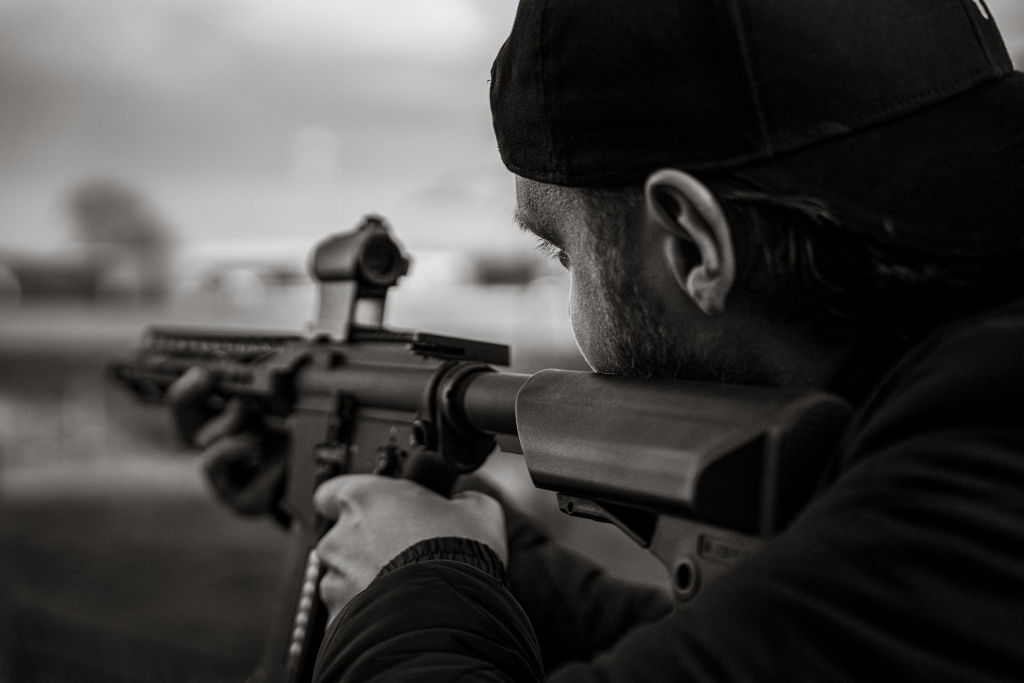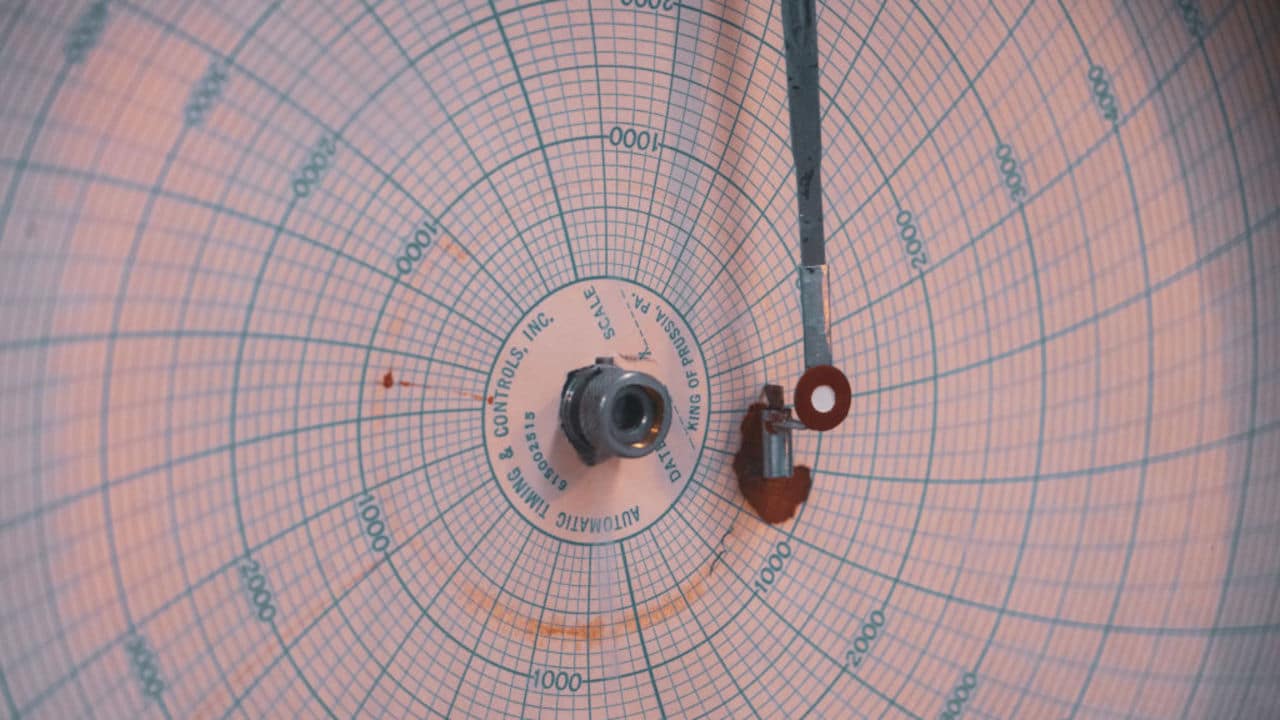Generally, animation creation works at par with the knowledge of physics and its effects. Without this, it would be challenging to portray animations in a way that strikes a chord in people’s hearts. It would be too bogus to take it seriously. This is why physicists are also engaged in creating legal animation to avoid this mishap.
Why Is Physics Important In Animation?
Garcia (2015), in his article titled Physics in Animation: The Law of Inertia, emphasized the importance of inertia, one of the laws of physics, in the creation of animation.
According to an article by Animator Island, inertia was defined as “the resistance of any physical object to any changes like starting or stopping a motion or changing direction.” Given this law, it was stated that “heavier objects require a lot of force to change their state while lighter objects require little force to change their state.”

In addition to that, the importance of the law of physics was also stressed in an article by Miles O’Brian, and Ann Kellan titled The Physics of Animation, it was stated that “with physics as groundwork, prospective animators could make any imaginary world seem as authentic as our own.”
If the world of regular animations is built on the foundation of physics, how much more legal animation which is used in determining the fate of a person?
What Is The Importance Of Physics In Legal Animation?
While animation uses physics to create a believable world ruled by the laws of nature, legal animation uses physics to portray how an incident occurs.
Therefore, when there has been an incidence where the person at a wrong cannot be deduced via the human mind, the clues and evidence left at the scene of the incidence and other pointers like witness’s testimony would assist the forensic animator in determining the cause and effects of the incidence using physics.
Some of the best cases where physics comes to the forefront are shooting incidents.

Shooting Incidents and Legal Animation In Court
- Defense of self-defense faulted using the principles of physics: Harris v. Poppell
In this case, Mr. Harris shot and killed his friend, Mr. Pierce, who was sitting in the passenger side of his vehicle. He claimed that the first shot was in self-defense to an attack from Mr. Pierce, while the remaining three shots were from acute stress disorder.
However, when the angle and the trajectory of the bullet from which Mr. Pierce was shot were taken into consideration, the expert witness, along with the forensic consultant, discovered that the shots were not in self-defense.
It was found that Mr. Pierce was asleep when the shots were fired.
The forensic expert stressed that Mr. Pearce could not have been in an aggressive position when he was struck by the shots because “the bullet strikes would be in a different location than where they are” if Mr. Pearce had been in an attacking mode.
This discovery, which was enabled through physics, was portrayed through legal animation and thus helped discover the appellant’s guilt.
2. Physics used in determining premeditated shooting: People v. Hood
In the instant case, Mr. Hood, who had once had the victim of the shooting in his employment, was charged with the offense of murder.
According to the fact of the case, the victim had in time past been charged with the murder of Mr. Hood’s wife and acquitted. He also robbed two of Mr. Hood’s offices.
After this incident, the victim went into Hood’s office after speaking on the phone with Mr. Hood. A few minutes after entering the office, seven shots were fired, killing the victim.
The defendant claimed that the shots were fired in self-defense, while the prosecution argued that it was premeditated.
In determining guilt, the event was portrayed with a legal animation created based on the “information supplied by Hood’s secretary and the detective who did measurements at the scene and on the reports and opinions of the pathologist who performed the autopsy on the victim and prosecution ballistics and gunshot residue experts.”
The combination of physics and other forensics aspects helped show the premeditated shooting done by the appellant.
Conclusion
It can be deduced that the law of physics is of utmost importance when reconstructing an incident such as a shooting incident. This is because the bullet travels over space and time from one location to meet another person at a trajectory. Hence, they can easily be calculated with the laws of physics.





